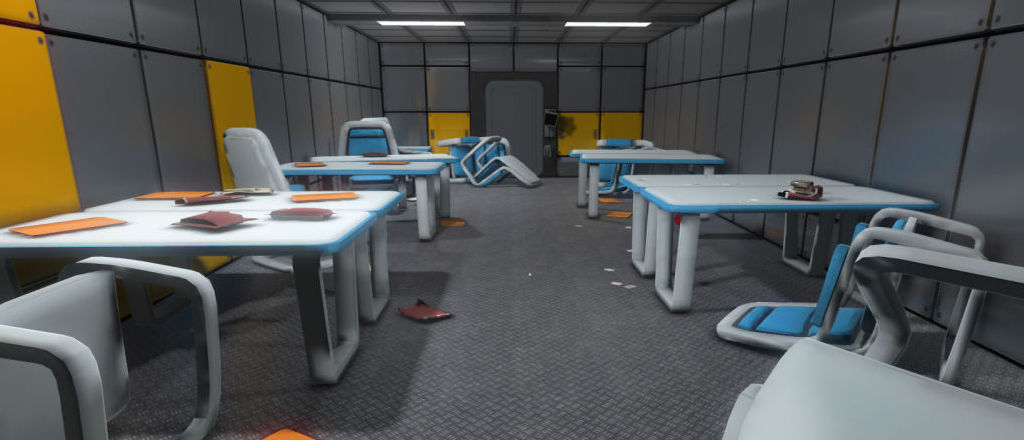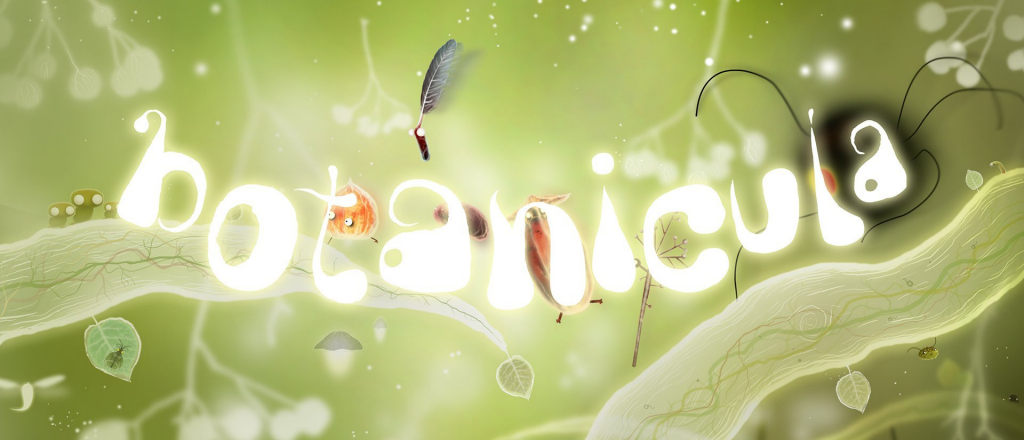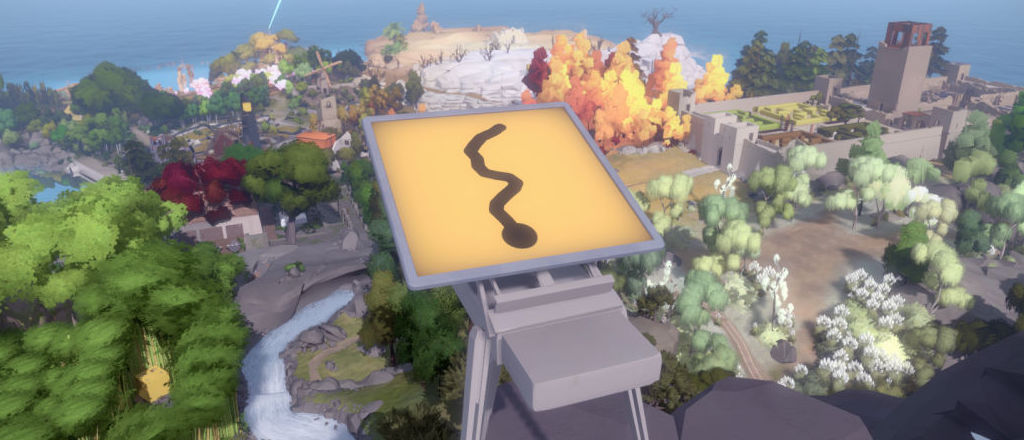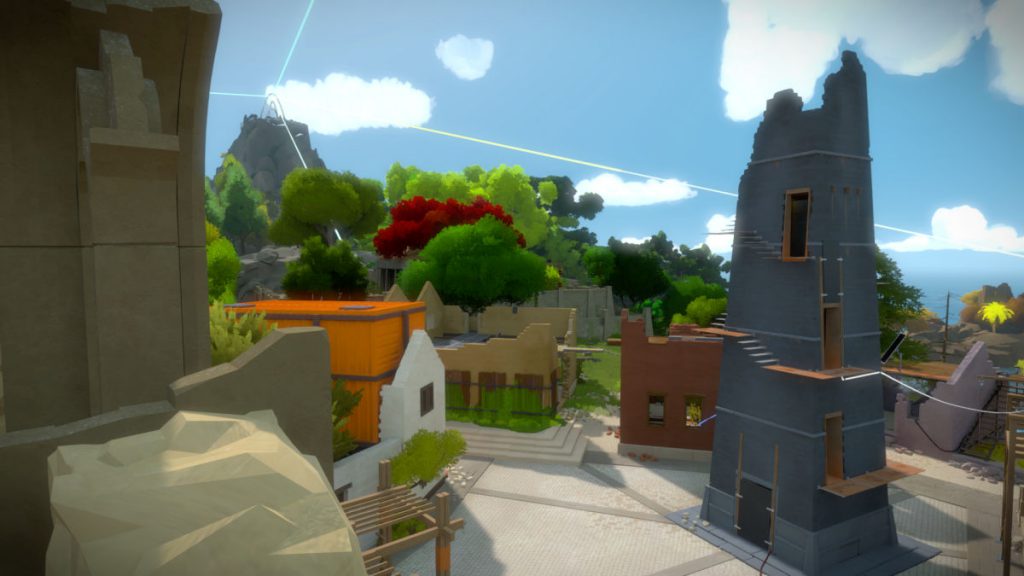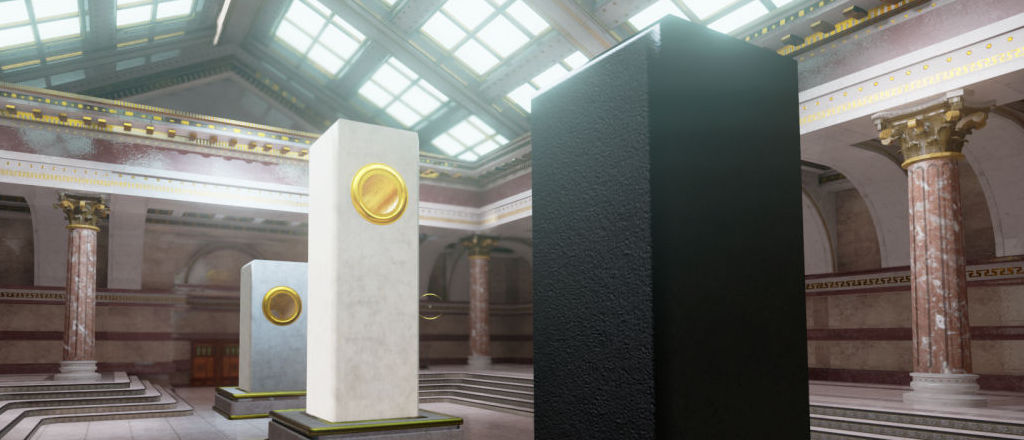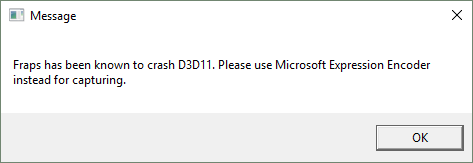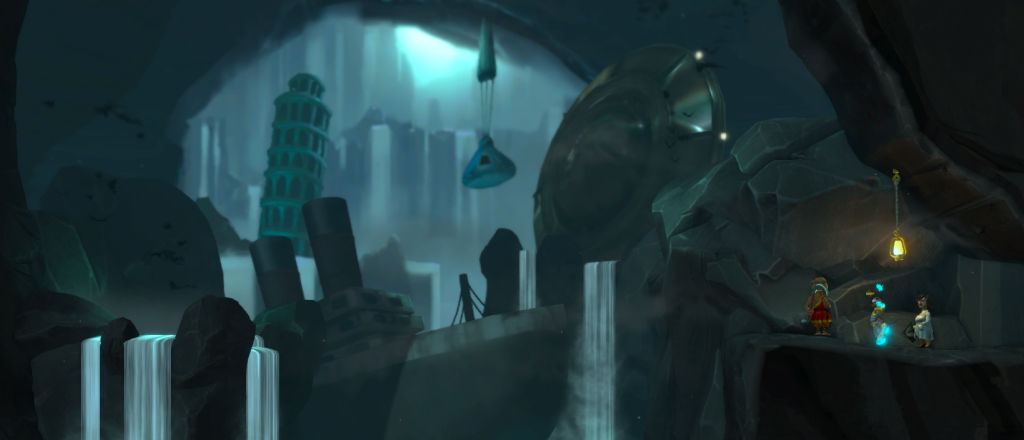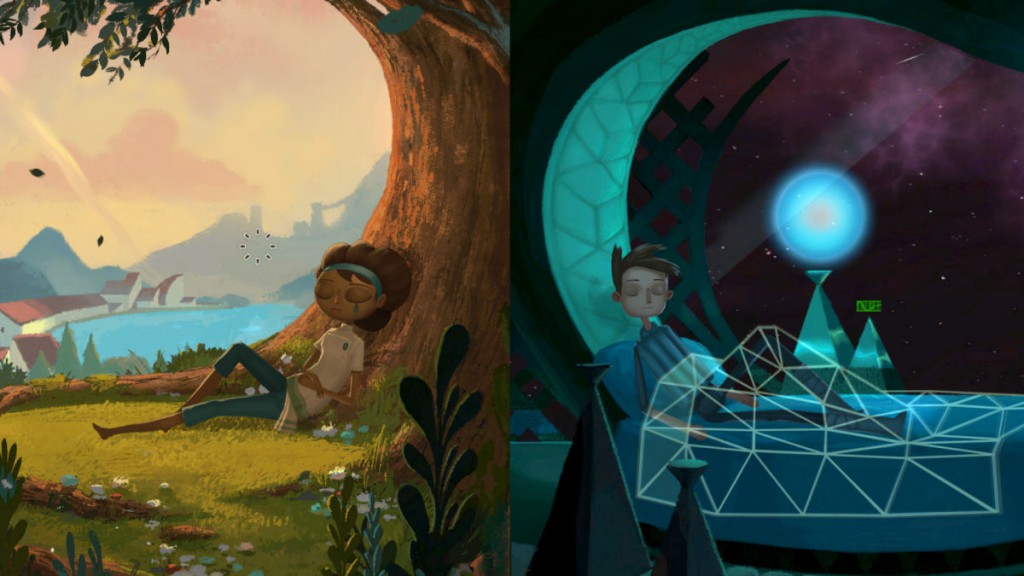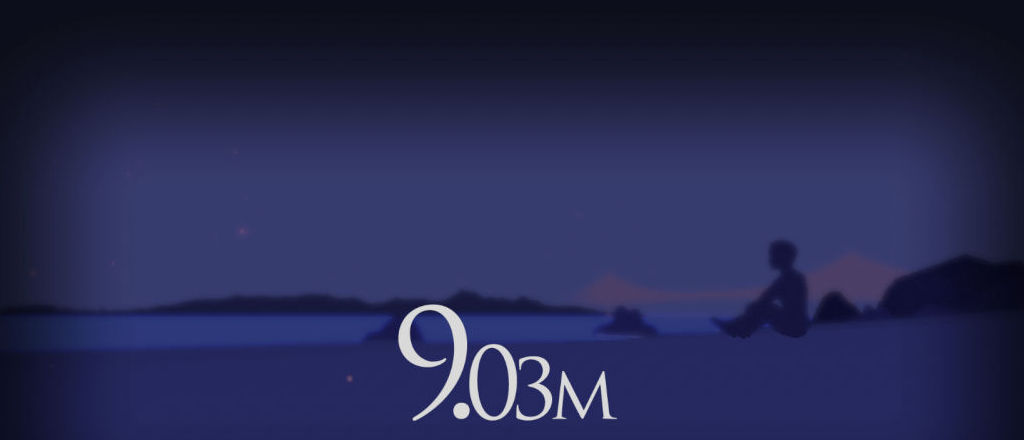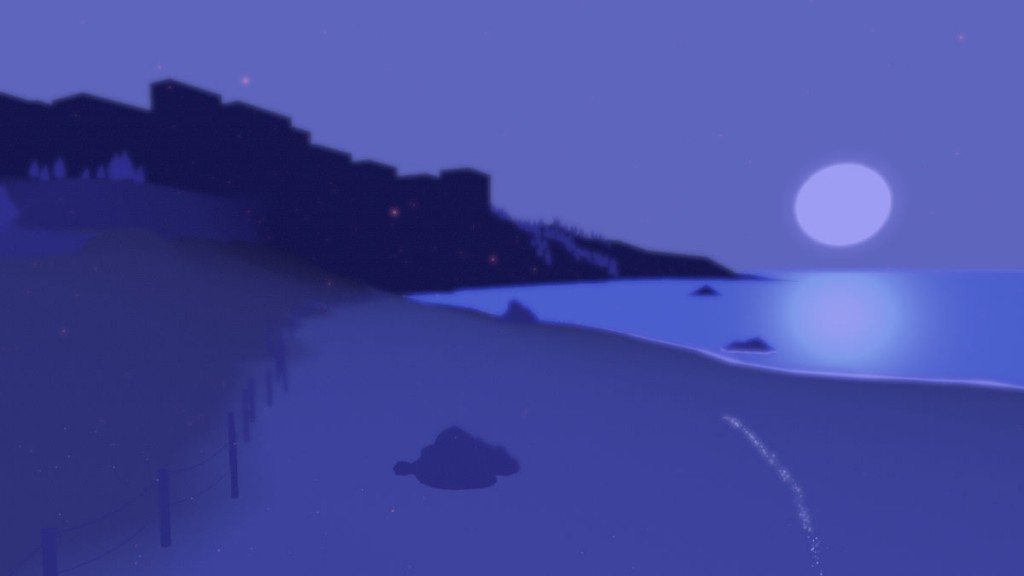Developer: Butterflyware | Released: 2016 | Genre: Adventure, First Person
I completed this first person action adventure in less than 4 hours. I woke up alone in a desolated space station on a stormy planet and had to find my way off. There was an abundance of corridors with tilted chairs and a ton of boxes that gave the game a very samey look. Most of the areas were mazes and there were connect or sliding puzzles to open doors, pass codes to find in big widescreen log screens, stationary lasers to cut doors open, sizzling magenta anomalies to traverse carefully, and much more.
I’ve seen reviewers on Steam pushing down the walking simulator stamp, but that’s not fair. Yes, there are sizable periods of time where you’re not doing much else than traverse a maze, but there are enough puzzles and dangerous passages to make it a real game. In fact, some of the dangerous passages even got me quite aggravated. There are no monsters or humans to be found, but the anomalies zapped me dead until I figured out how to throw down a metal bolt step by step to find my way through the parts that didn’t zap me. There was also a section with flaming gas leaks where I kept coughing and had to crouch or close rooms to kill the flames, and enough coughing meant death. Lightning could sometimes zap me dead in a corridor if my timing was off. There were a couple of sections with the air being sucked out fast.
And of course, don’t get in front of a stationary laser.


